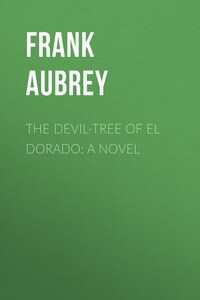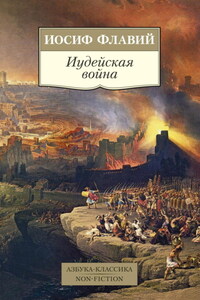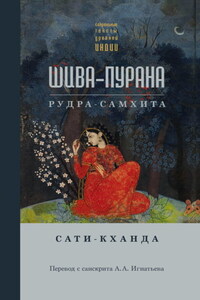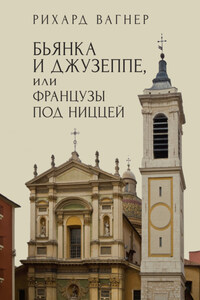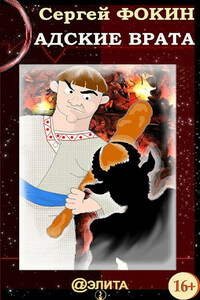PREFACE
SHALL RORAIMA
1 BE GIVEN UP TO VENEZUELA?
Shall Roraima be handed over to Venezuela? Shall the mysterious mountain long known to scientists as foremost among the wonders of our earth – regarded by many as the greatest marvel of the world – become definitely Venezuelan territory?
This is the question that hangs in the balance at the time these words are being written, that is inseparably associated – though many of the public know it not – with the dispute that has arisen about the boundaries of British Guiana.
Ever since Sir Robert Schomburgk first explored the colony at the expense of the Royal Geographical Society some sixty years ago, Roraima has remained an unsolved problem of romantic and fascinating interest, as attractive to the ‘ordinary person’ as to the man of science. And to those acquainted with the wondrous possibilities that lie behind the solution of the problem, the prospect of its being handed over to a country so little worthy of the trust as is Venezuela, cannot be contemplated without feelings of disappointment and dismay.
This is not the place in which to give a long description of Roraima. It will suffice here to say that its summit is a table-land which, it is believed, has been isolated from all the rest of the world for untold ages; no wilderness of ice and snow, but a fertile country of wood and stream, and, probably, lake. Consequently it holds out to the successful explorer the chance – the probability even – of finding there hitherto unknown animals, plants, fish. In this respect it exceeds in interest all other parts of the earth’s surface, not excepting the polar regions; for the latter are but ice-bound wastes, while Roraima’s mysterious table-land lies in the tropics but a few degrees north of the equator.
Why, then, it may be asked, have our scientific societies not exhibited more zeal in the solving of the problem presented by this strange mountain? Why is it that unlimited money can, apparently, be raised for expeditions to the poles, while no attempt has been made to explore Roraima? Yet, sixty years ago, the Royal Geographical Society could find the money to send Sir Robert Schomburgk out to explore British Guiana – indeed, it is to that fact that we owe the discovery of Roraima – but nothing has been done since. Had the good work thus begun been followed up, we should to-day have been able to show better reason for claiming Roraima as a British possession. But, as the writer of the article in the Spectator quoted on page 3 says, “we leave the mystery unsolved, the marvel uncared for.” This article is commended to the perusal of those interested in the subject, as also are the following books, which give all the information at present available, viz. – Mr. Barrington Brown’s ‘Canoe and Camp Life in British Guiana,’ and Mr. Boddam-Whetham’s ‘Roraima and British Guiana.’ Mr. Im Thurn’s ‘Among the Indians of British Guiana’ should also be mentioned, since it contains references to Roraima, though the author did not actually visit the mountain, as in the case of the first named.
As an illustration of the confusion and uncertainty that prevail as to the international status of this unique mountain, it may be mentioned that in the map of British Guiana which Sir Robert Schomburgk drew out for the British Government, it is placed within the British frontier. But in the map of the next Government explorer, Mr. Barrington Brown – ‘based,’ he says, ‘upon Schomburgk’s map’ – it is placed just inside the Venezuelan boundary; and no explanation is given of the apparent contradiction. Again, another authority, Mr. Im Thurn (above referred to), Curator of the Museum at Georgetown (the capital of the colony), in his book says that Roraima “lies on the extreme edge of the colony, or perhaps on the other side of the Brazilian boundary.” These references show the obscurity in which the whole matter is at present involved.
Apart, however, from the special interest that surrounds Roraima owing to the inaccessible character of its summit,2 it is of very great geographical importance, from the fact that it is the highest mountain in all that part of South America, i. e., in all the Guianas, in Venezuela, and in the north-east part of Brazil. Indeed, we must cross Brazil, that vast country of upwards of three million square miles, to find the nearest mountains that exceed in height Roraima. Consequently, it forms the apex of the water-shed of that part of South America; and it is, in fact, the source of several of the chief feeders of the great rivers Essequibo, Orinoco and Amazon. Schomburgk, in pointing this out, dwelt strongly upon the importance of the mountain to British Guiana, and insisted that its inclusion within the British boundary was a geographical necessity.
Finally, Sir Robert’s brother, Richard Schomburgk, a skilled botanist, who had visited almost all parts of Asia and Africa in search of orchids and other rare botanical productions, tells us that the country around Roraima is, from a botanical point of view, one of the most wonderful in the world. “Not only the orchids,” he says, “but the shrubs and low trees were unknown to me. Every shrub, herb and tree was new to me, if not as to family, yet as to species. I stood on the border of an unknown plant zone, full of wondrous forms which lay as if by magic before me… Every step revealed something new.” (‘Reissen in Britisch Guiana,’ Leipzig, vol. ii., p. 216.)
